
Make Valued Alliances

Our experienced corporate and securities attorneys are here to take your company public and help you maintain public company requirements while you continue to raise capital.

We offer quality counsel and representation to small and midsize companies.
Going Public
Our attorneys and staff are well equipped to guide you through your going public transaction whether it be an old fashioned initial public offering, de-SPAC, direct listing or reverse merger transaction.
Registration Statements
Our firm has vast experience in all forms of registration statements under both the Securities Act and Exchange Act.
Listing On National Exchange
Our experienced team saves our clients time and money with their listing on a national exchange such as Nasdaq, the NYSE or NYSE MKT
OTC Markets
Anthony L.G., PLLC, is a premium service provider with OTC Markets and is a registered OTCQB and OTCQX sponsor.
Mergers & Acquisitions
Our team has completed over $6 billion in Merger & Acquisition transactions and can efficiently and effectively guide your company to a successful and timely completion.
Reverse Mergers
Our attorneys have cost-effectively assisted clients in reverse mergers as a means of funding growth, paying off debts, going public and/or elevating public profile.
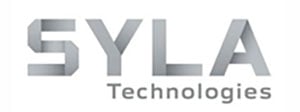
$15,000,000
Initial Public Offering
American Depositary Receipts Listing on Nasdaq
Issuer’s Counsel
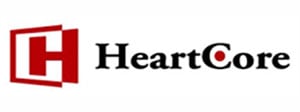
$15,000,000
Initial Public Offering
Issuer’s Counsel
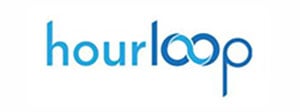
$6,900,000
Initial Public Offering
Issuer’s Counsel
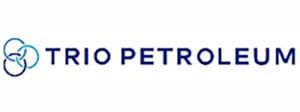
$6,000,000
Initial Public Offering
Listing on NYSE American Underwriter’s Counsel
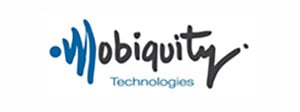
$10,300,000
Public Offering
Listing on Nasdaq Underwriter’s Counsel
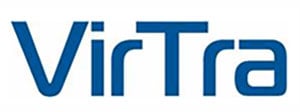
$18,000,000
Registered Direct Offering
Issuer’s Counsel
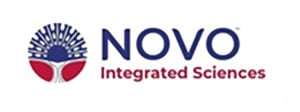
$16,666,666
Registered Direct Offering
Issuer’s Counsel
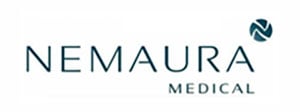
$11,500,000
Follow-on Equity Offering
Issuer’s Counsel

$5,000,000
PIPE Transaction
Issuer Counsel
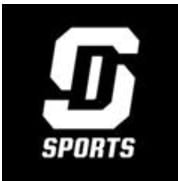
$6,000,000
Signing Day Sports, Inc.
Initial Public Offering and Listing on NYSE American
Underwriter’s Counsel
Client-Focused Problem Solvers
ANTHONY, LINDER & CACOMANOLIS, PLLC, focuses on small and midsize companies, ensuring they receive high-end luxury legal representation for going public transactions, mergers and acquisitions, business transactions, ongoing SEC reporting requirements, Nasdaq and NYSE compliance and other corporate endeavors while maintaining efficient legal services and strategies. Additionally, we provide basic corporate representation such as contracts, entity formation, board and shareholder minutes and meeting assistance, shareholder agreements, operating agreements, director agreements and the like.
Everyone who works with us receives our dedicated attention. Our founding partner, Laura Anthony, and the rest of our team’s attorneys consistently try to establish close, long-term relationships with our clients.
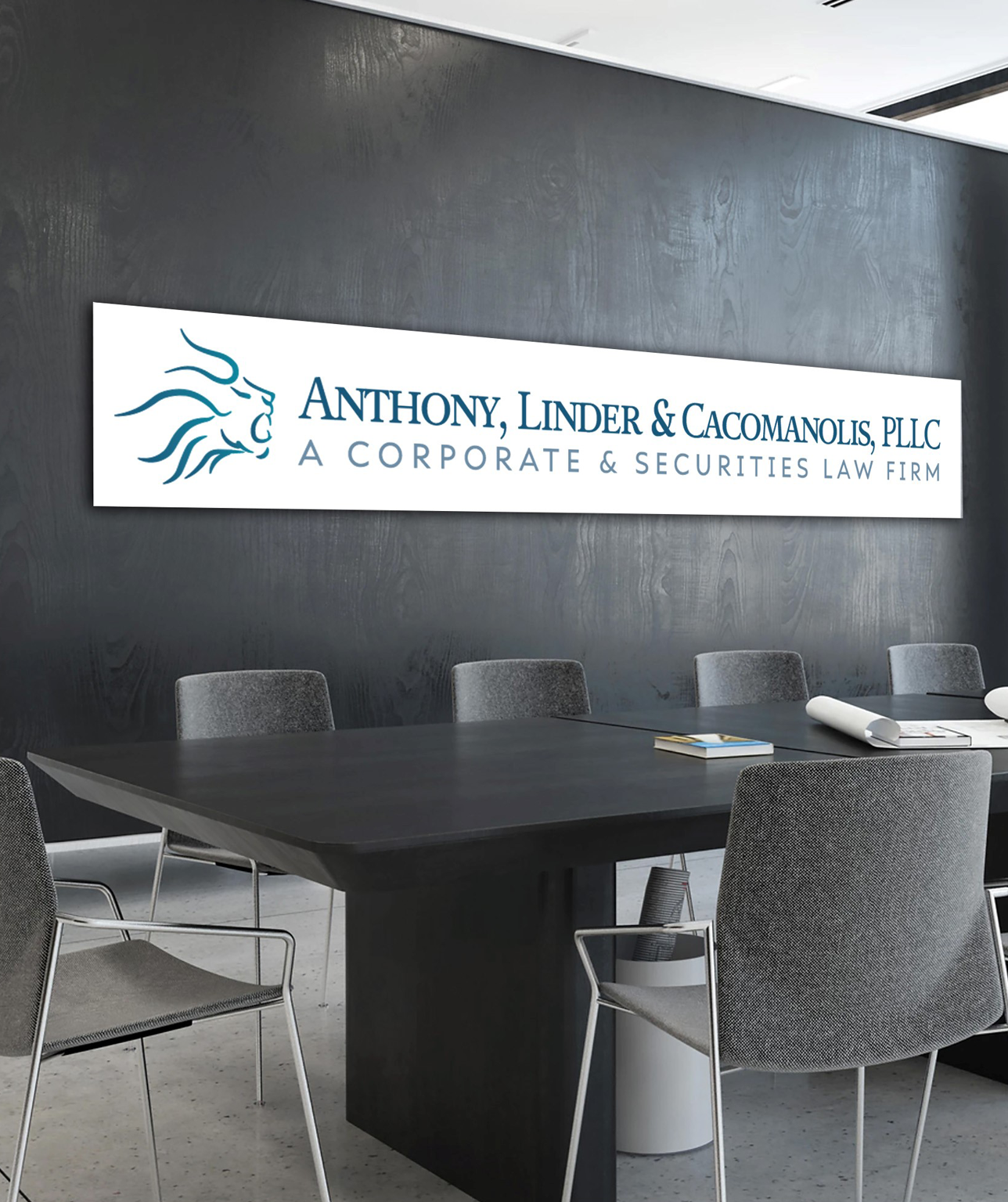
Specialized Securities Counsel
Despite the niches and complexities, we understand how expansive our practice areas can get. For example, securities law is a broad field, and if you intend to prevail as a public issuer or a private company going public, you need a law firm that offers extensive experience in navigating the Nasdaq, NYSE, OTC, small and midsize markets.
We call securities law a specialty within a specialty, meaning that things can and likely will become complicated. However, we are constantly evolving with the ever-changing economic and regulatory landscape and have maintained an impressive track record in handling more than 600 public transactions totaling $10.5 billion.


Laura E. Anthony
Founding Partner

Craig D. Linder
Head of Public Offerings

John Cacomanolis
Head of Mergers & Acquisitions

Chad Friend
Of Counsel

Svetlana Rovenskaya
Associate

Laz Rothstein
Of Counsel

Michael R. Geroe
Of Counsel

Peter Lindley
Of Counsel

Harris E. Tulchin
Of Counsel

John Lowy
Of Counsel

Stuart Reed
Of Counsel

Christopher T. Hines
Of Counsel
Experience The ANTHONY, LINDER & CACOMANOLIS, PLLC, Advantage
An attorney is available at our firm to speak to you about your inquiries and concerns regarding going public or other corporate matters.
Call our office at 877-541-3263 today.

